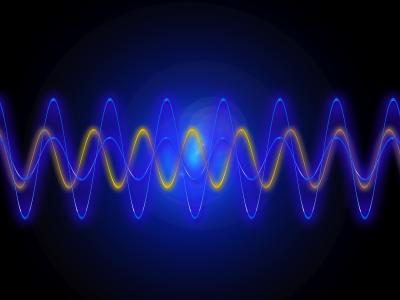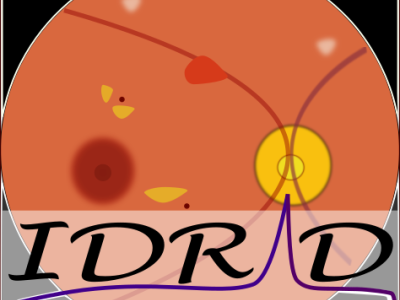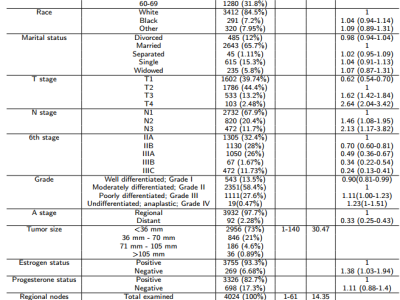OculusGraphy: Pediatric and Adults Electroretinograms Database

- Citation Author(s):
-
Aleksei E. Zhdanov
(School of Information Technologies, Telecommunications and Control Systems, Ural Federal University named after the first President of Russia B. N. Yeltsin, Yekatrinburg, 620078 Russia)
Anton Yu. Dolganov(School of Information Technologies, Telecommunications and Control Systems, Ural Federal University named after the first President of Russia B. N. Yeltsin, Yekatrinburg, 620078 Russia)
Vasilii I. Borisov(School of Information Technologies, Telecommunications and Control Systems, Ural Federal University named after the first President of Russia B. N. Yeltsin, Yekatrinburg, 620078 Russia)
- Submitted by:
- Aleksei Zhdanov
- Last updated:
- DOI:
- 10.21227/y0fh-5v04
- Data Format:
Abstract
Electroretinography (ERG) has great potential in visual health detection in early diagnosis and intervention. To date, optical coherence tomography and other diagnostic tests are mainly used. Clinically used ERG is an important diagnostic assessment for various retinal diseases, such as hereditary diseases (retinitis pigmentosa, choroideremia, cone dystrophy, etc), diabetic retinopathies, glaucoma, macular degeneration, toxic retinopathies etc. A database of five types of adult and pediatric biomedical electroretinography signals is presented in this study. In this study, the database is based on several protocols: Scotopic 2.0 ERG Response (53 pediatric signals, 23 adult signals), Maximum 2.0 ERG Response (80 pediatric signals, 42 adult signals), Photopic 2.0 ERG Response (74 pediatric signals, 32 adult signals), and Photopic 2.0 EGR Flicker Response (63 pediatric signals, 38 adult signals). 20 signals of Scotopic 2.0 ERG Oscillatory Potentials in addition to that. The tests were performed at the IRTC Eye Microsurgery Ekaterinburg Center. In this study, the EP-1000 Multifocal computerized electrophysiology workstation manufactured by Tomey GmbH was used. The aim of this study is to describe the existing database including the classification of signals and to determine the pediatric norms of the binocular program.
Instructions:
WHEN USING THIS RESOURCE, PLEASE CITE THE ORIGINAL PUBLICATION
1. A.E. Zhdanov, A.Yu. Dolganov, E. Lucian, X. Bao, V.I. Borisov, V.N. Kazajkin, V.O. Ponomarev, A.V. Lizunov, L.G. Dorosinskiy, "OculusGraphy: Ocular Examination for Toxicity Evaluation Based on Biomedical Signals," 2020 International Conference on e-Health and Bioengineering (EHB), IASI, 2020, pp. 1-6, doi: 10.1109/EHB50910.2020.9280291.
2. A.E. Zhdanov, A.Yu. Dolganov, V.N. Kazajkin, V.O. Ponomarev, A.V. Lizunov, V.I. Borisov, E. Lucian, X. Bao, L.G. Dorosinskiy, , "OculusGraphy: Literature Review on Electrophysiological Research Methods in Ophthalmology and Electroretinograms Processing Using Wavelet Transform," 2020 International Conference on e-Health and Bioengineering (EHB), IASI, 2020, pp. 1-6, doi: 10.1109/EHB50910.2020.9280221.
DATA DESCRIPTION
The file "00 Description of Research Protocols.pdf" contains a description of the protocols used in this study. The file "01 Appendix 1.xlsx" contains the resulting analysis data of 5 signal types. The file contains filtered signals and the following information: diagnosis, age, wave amplitude, wave latency. The file "02 Appendix 2.xlsx" contains a series of signals. The file contains the following information: patient number, signal.
For further questions please contact Mr. Aleksei E. Zhdanov (correspondence e-mail: a.e.zhdanov@urfu.ru).
ACKNOWLEDGMENT
We express our most profound appreciation for cand. med. Oleg V. Shilovskikh CEO of IRTC Eye Microsurgery Ekaterinburg Center for the opportunity to publish the database and disseminate scientific knowledge. The ERG signals data decryption within the study was supported by RFBR, project number 20-07-00498, and 18-29-03088. The ERG signals data processing was supported by Act 211 Government of the Russian Federation, contract 02.A03.21.0006.
 2349 views
2349 views







